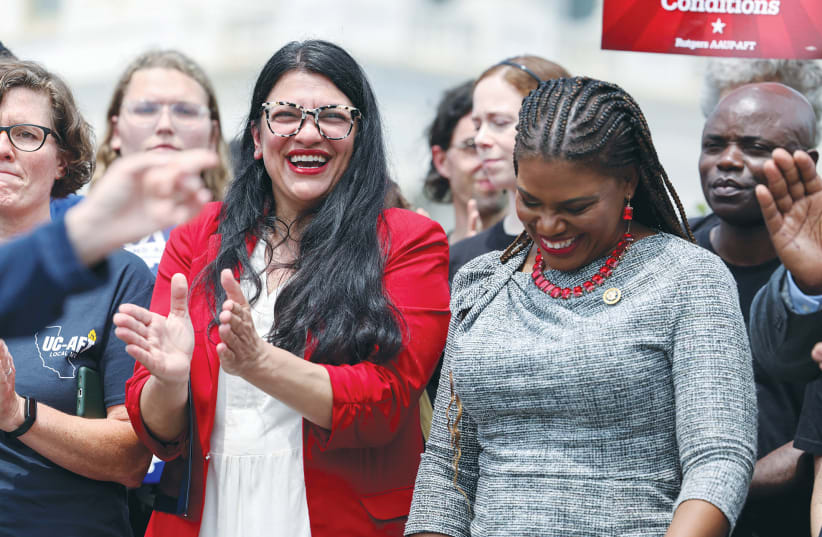The Hamas attack on October 7 could’ve been another for Arabs and Muslims in America, which brought a rise in Islamophobia with death threats and harassment towards Muslims following the attacks. But contrary to intuition, one of the worst-ever attacks executed by an extreme Islamist terrorist group has not brought an extreme rise in Islamophobia but rather a surge in pride, acceptance, and public visibility for one of the fastest-growing demographics in the US. Since 9/11, Islamophobia and anti-Muslim assaults have been on the rise, with an exceptionally high uptick in 2016 following the Trump “Muslim ban.
” But while being racialized and marginalized, American Muslim communities continued to grow with high fertility rates. Estimates project that by 2040, Muslims will replace Jews as the second-largest religious group in America. But the “Trump ban” can also be seen as a turning point for American Muslims.

Trump’s divisive politics and rhetoric created a coalition of progressives, liberals, and moderates who saw the rise of Trump as a threat to the basic norms of what it means to be American. Women, the LGBTQ community, and people of color all felt threatened by Trump’s administration and accepted Muslims as part of the coalition of the oppressed. For Muslims in America, it’s been enough, and they were ready for the tides to turn.
In recent years, we’ve been seeing a crawling acceptance of Muslim and Arab identity in American politics and culture. In 2007, K.
















